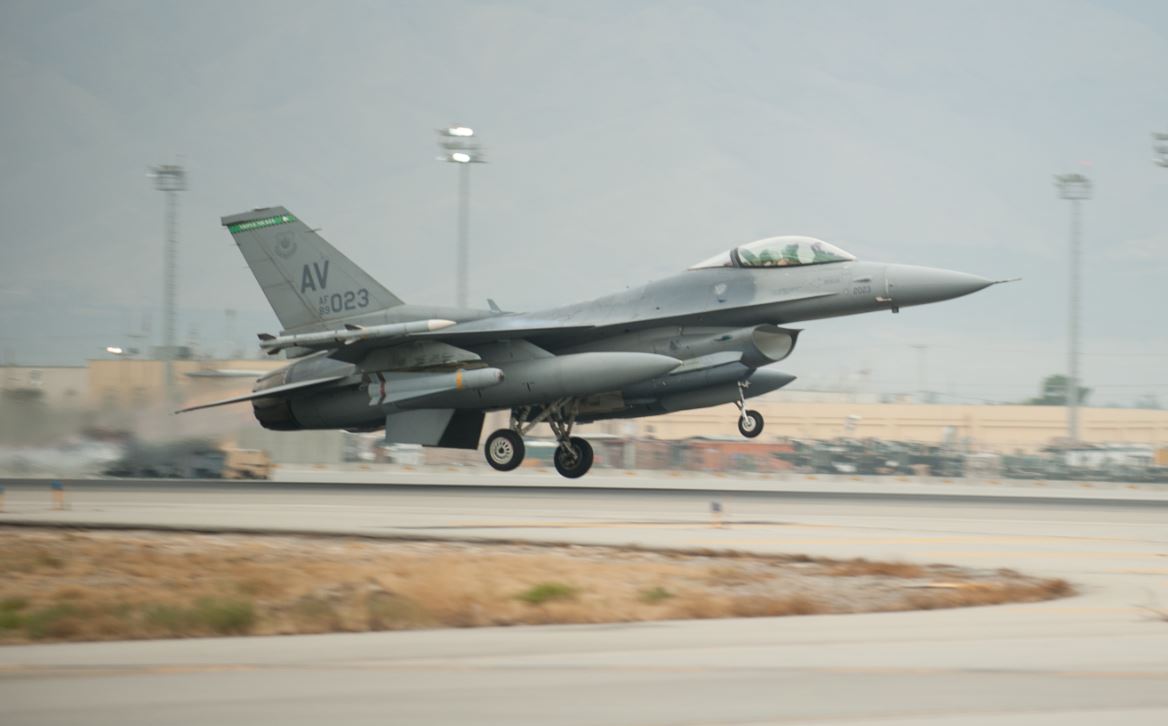Why the Emphasis on Self-Defense? Putting the U.S. Air and Ground Operations in Kunduz in Legal and Policy Context
The role of U.S. forces in helping the Afghan government retake Kunduz from the Afghan Taliban has drawn attention to the complicated mix of legal and policy constraints currently governing U.S. operations there. According to the Wall Street Journal, the United States has carried out at least 8 airstrikes in the Kunduz area in recent days, and now there has been an exchange of fire involving U.S. Special Forces deployed as military advisers to the Afghan Army.

Published by The Lawfare Institute
in Cooperation With

The role of U.S. forces in helping the Afghan government retake Kunduz from the Afghan Taliban has drawn attention to the complicated mix of legal and policy constraints currently governing U.S. operations there. According to the Wall Street Journal, the United States has carried out at least 8 airstrikes in the Kunduz area in recent days, and now there has been an exchange of fire involving U.S. Special Forces deployed as military advisers to the Afghan Army. Spokesemen for the military have been at pains to describe all of these uses of force in self-defense terms:
U.S. Special Forces advisers “encountered an insurgent threat in Kunduz city” and “returned fire in self-defense to eliminate the threat,” said U.S. Army Col. Brian Tribus, spokesman for American and allied troops in Afghanistan.
This may give rise to some confusion. It does not signify that the U.S. government takes the position that there it is no longer a party to an armed conflict in Afghanistan or that, in any event, human rights law norms governing the use of lethal force now apply. On the contrary, the administration remains committed to the position that the conflict continues and we remain party to it, as Ben and Cody explained here. So what gives with the pronounced emphasis on self-defense justifications (which are not necessary under a LOAC model)? As a reminder, the administration has adopted a set of policy constraints, no doubt reflected in the governing rules-of-engagement (ROE), to the effect that the mission is limited to a combination of (i) training/advising for Afghan forces and (ii) targeted "counterterrorism" strikes. Those parameters exclude the use of force in "ordinary" combat operations against the Taliban or other insurgents, except of course insofar as American personnel come under threat and need to use force in self-defense. Hence the self-defense oriented explanations we are now seeing in relation to the Kunduz airstrikes and the Special Forces engagement.
What is the takeaway? On one hand, nothing in law is stopping the administration from changing this policy constraint, relaxing the ROE so as to allow the more extensive use of force to counteract the recent Taliban surge (which is by no means limited to Kunduz). On the other hand, it is well to recall that just a few months ago media reports suggested that U.S. forces were in fact interpreting their existing authorities extremely broadly. As the Times framed the issue in April:
...the American military is regularly conducting airstrikes against low-level insurgent forces and sending Special Operations troops directly into harm’s way under the guise of “training and advising.” ... Rather than ending the American war in Afghanistan, the military is using its wide latitude to instead transform it into a continuing campaign of airstrikes — mostly drone missions — and Special Operations raids that have in practice stretched or broken the parameters publicly described by the White House. ... Commenting on the continuing military operations against the Taliban, the top American commander in Afghanistan, Gen. John F. Campbell, vehemently denied accusations that he was putting troops into harm’s way just to enable more airstrikes. He has insisted that it is within his purview to target Taliban insurgents who pose a threat not just to American or NATO troops but to any Afghan security forces.
The interesting question, it seems to me, is whether in the wake of such coverage the summer saw any significant change in U.S. operations in Afghanistan. That is, did we begin interpreting the policy constraints/ROE more strictly in the face of criticism to the effect that the supposed contraints were out of step with our actual practice, such that we might be surprised, to some degree, by U.S. involvement in retaking Kunduz? I'm not sure what sources are most reliable for assessing this, but FWIW a quick review of the tally of airstrikes attributed to the U.S. over the past several months, here, suggests we have continued to use force at a pretty steady clip throughout the year, without any obvious summer/fall dropoff. If that's right, the only real surprises with Kunduz are that (i) we seem not to have engaged in airstrikes sooner and (ii) we see media reports that suggest or at least imply that the airstrikes that have now occurred there are unusual (when in fact they seem to be par for the course). Of course, the firefight involving Special Forces does seem unusual, yet it is in no way out of step with what appears to be the prevailing interpretation of the policy constraints.





